Push through the pain. Giving up hurts more.
Vegeta, Dragon Ball Z
Manga and anime are perhaps Japan's biggest cultural export – and they make up one of the most recognizable art styles on the planet. Since the nineties, when everyone in the western world was suddenly talking about Pokémon, Digimon, Yu-Gi-Oh!, and Dragon Ball Z, anime has become something of a household term. Yet, the world of Japanese anime is a lot more varied and complex than we in the West might realize. 'Anime' is stemmed from the English word 'animation' and is hand-drawn and computer-generated animation originally produced in Japan. Anime in the West refers to Japanese animation as a whole, but in Japanese culture, anime is actually a term for any mass-produced animation, Japanese or foreign. It's an incredibly rich culture and industry – so let's dive in to learn more!

Why Is Anime so Popular in Japan?
In the West, we associate anime with Japan and – almost – Japan with anime. It's a massive part of their cultural industry – and is perhaps the country's third-largest industry. This makes it, obviously, pretty mega, bringing in nearly twenty billion dollars a year.
Yet, the success of anime across the world is one of the most amazing things about this genre.
Over the years, channels like Cartoon Network – with Adult Swim and Toonami – and now anime streaming sites such as Crunchyroll and Funimation have brought this medium to an ever-growing audience. These days, over one hundred thousand people attend America's annual anime convention.
Anime in the Japanese Culture
Yet, so the history goes, Japanese anime was originally marketed incredibly aggressively to a global audience – precisely because there weren't enough anime fans in Japan. But, now, anime is pretty much everywhere in that country. In 2014, 2015, and 2016, six of the ten highest-grossing movies were anime, whilst Spirited Away remains the biggest-selling film in Japan.
Anime is visible everywhere. In adverts, in branding for water and snacks, on trains, school buses, and in airports. It has become a ubiquitous cultural force that has come to define the country itself. Yet, it goes without saying that not everyone likes it. And, even in the world of anime, many people are concerned about the commercialization of the form. With every successful anime undergoing adaptation into a light novel, a live-action film, video games, merchandise, music, and manga, the industry is sort of all-encompassing.
In the same way that Disney makes a lot of the products that it sells alongside the films themselves – there is a Pokémon theme park just as there is a Disneyland – anime does the same. I'm sure you'll agree that not everyone likes Disney.
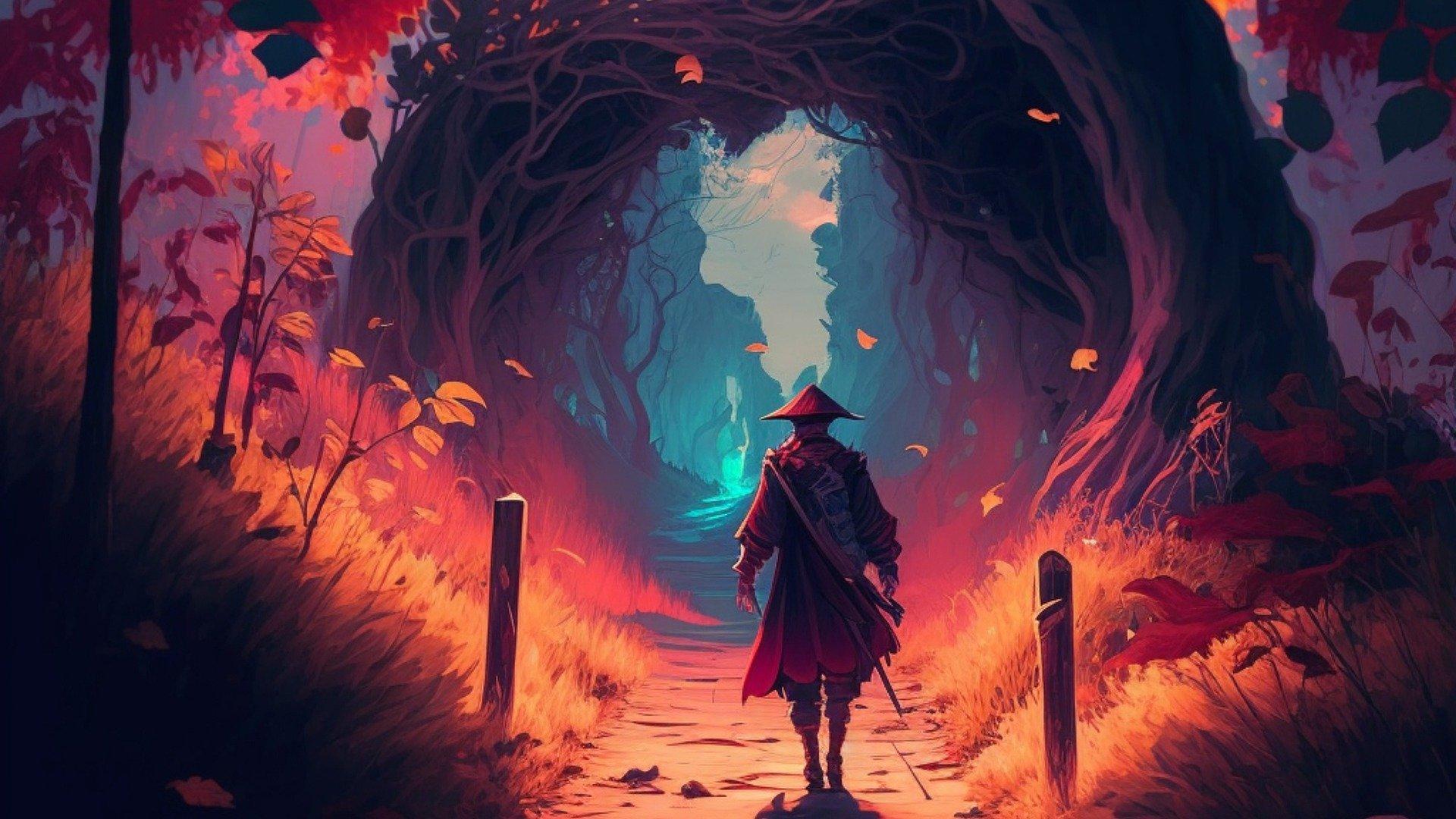
Find out more about Japan's relationship with anime!
How Anime Reflects Japanese Culture
In addition to anime being an extensive global entertainment product, it is also a window to Japan since it espouses various aspects of Japanese culture. These cultural aspects can range from language, religious ceremonies, food, clothing, art, festivities, customs, and mythology to daily interactions. The diversity in production also reflects the vastness and heterogeneity in Japanese culture. It outlines an identity crisis the country faces in which anime depicts the tension between modernism and tradition.
Anime's Origin
Anime is the technical evolution of traditional Japanese manga, which came into being during the late 19th and early 20th centuries.
Anime and Diplomacy
It comes as no surprise that it originated when Japan was opening its borders to trade and culture. The country had just come out of isolation after two centuries when the American warships arrived in 1853. After establishing trade agreements with several western countries, Japan left its feudal system to enter into an era of modernization that has seen it become a significant economic force. Both anime and manga are a reflection of that transition from a traditional Japan to a globalized one.
Osamu Tezuka and Early Manga
Japanese comics are referred to as manga, or in other terms, the art which unites traditional Japanese painting style (ukiyo-e) and the western comic format. In fact, the term was coined by the famous painter Hokusai. However, Osamu Tezuka is credited with being the father of modern manga.
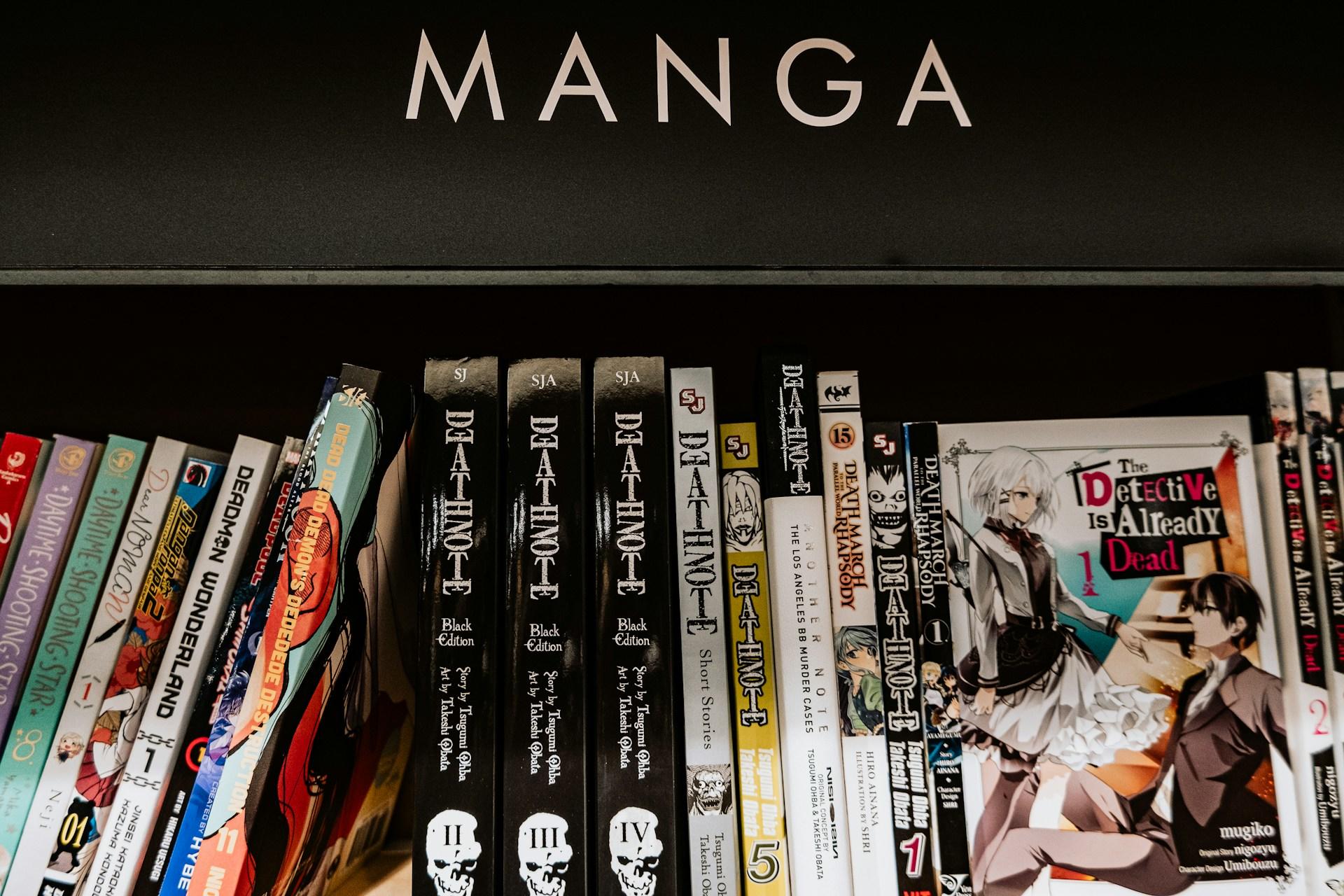
Samuel Regan-Asante
This title is justified by the quality of his creative production and the impact of his techniques. Moreover, the drawing style of Tezuka imbued his characters with humanism and tenderness, leaving an unquestionable mark in the industry, such as the disproportionately large eyes.
Furthermore, Tezuka is responsible for the famed manga Astroboy – a science fiction story involving a robot whose only mission was to save Earth from alien invasion. The conflicts bore familiarity and reminisced the traumatic events caused by World War II. It also started the science fiction genre, with space-time and technology diatribes.
Bringing Manga to Life
Steadfast technological advancements and the popularity that followed manga paved the way for the first-ever animated short films. Today, these short films are called 'animes .' And they are considered more dynamic and viewable due to their universality and diversity. Furthermore, due to this dynamism, it was adopted globally and without any discrimination based on religion, gender, language, or age.
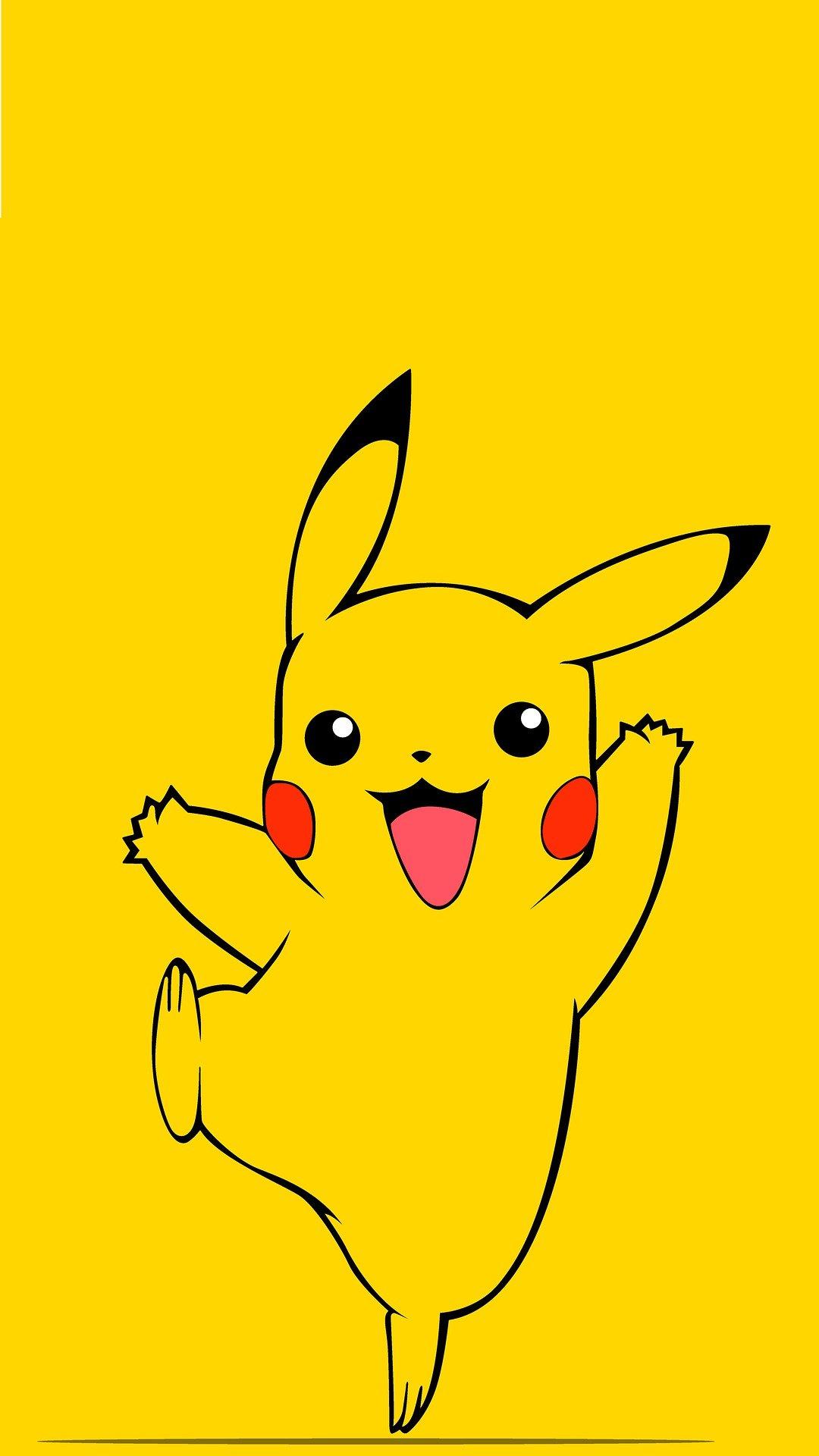
In the '60s, anime started its expansion, and specific sub-genres like Giant Robots (known as Mecha-anime) gained popularity. The first-ever production of this type of anime was Tetsujin 28-go. However, the most momentous milestone was during the '70s with anime such as Gundam or Mazinger Z, in which they mostly fought Kaijus like Godzilla.
The '90s brought an intermingling of anime with cinema, leading to global success with:
- Sailor Moon
- Dragon Ball Z
- Pokemon
- Cardcaptor Sakura
- Digimon
Find out more about these characters and other popular Japanese anime characters!
Plot and Visuals
One of the great things about anime is how the story is streamlined and how it unfolds. For starters, animes are not all about never-ending fights between good and evil. Instead, it shows more complexity and is more sophisticated than western animations. The difference lies in character interactions. Therefore, in anime, characters show definitive personalities maintaining relationships with others that are more humanized and real.
Moreover, in western cartoons, stories develop in the background – irrespective of the narration or universe – while the protagonist lives their day-to-day life. In contrast, most popular animes maintain a connection to real-world events during the protagonist's lifetime.
Even in fictitious stories, anime writers tend to weave a political or socio-economic narrative in the backdrop. Another thing to note about Japanese anime culture is the drawing style. And since they are novel-styled moving graphics, each anime looks different from the other; hence, unique. The main reasons for this difference are:
Colors
The shades used are highly saturated and bright. These vivid colors help show a character’s personality—like using red for passionate characters or blue for calm ones—and make the visuals more striking.
Character Features
The features of anime characters are primarily human. They have large, round eyes like their face, thin mouth, and noses, and the main characters have unique hairstyles
Their shoulders are also typically the same size as the head, held together by a thin and long neck. Talking from a realistic point of view, if these characters were in our world, they would not be able to stand up! However, with all that being said, the drawing style is anatomically incredible. Furthermore, the animation is also distinguishable by its elegance and beauty.
If you want to learn more about the style of anime drawing, read our article!
Life Values
A more significant part of Japanese anime culture is embedded with messages of positivity for its viewers. Keep reading as we delve into a few examples:
Morals
The common phrase 'Faito' (fight) represents moral values in which the antagonist shows superhuman efforts to realize their dreams. These types of moral values are evident in two of the globally renowned animes: Dragon Ball Z and Saint Seiya.
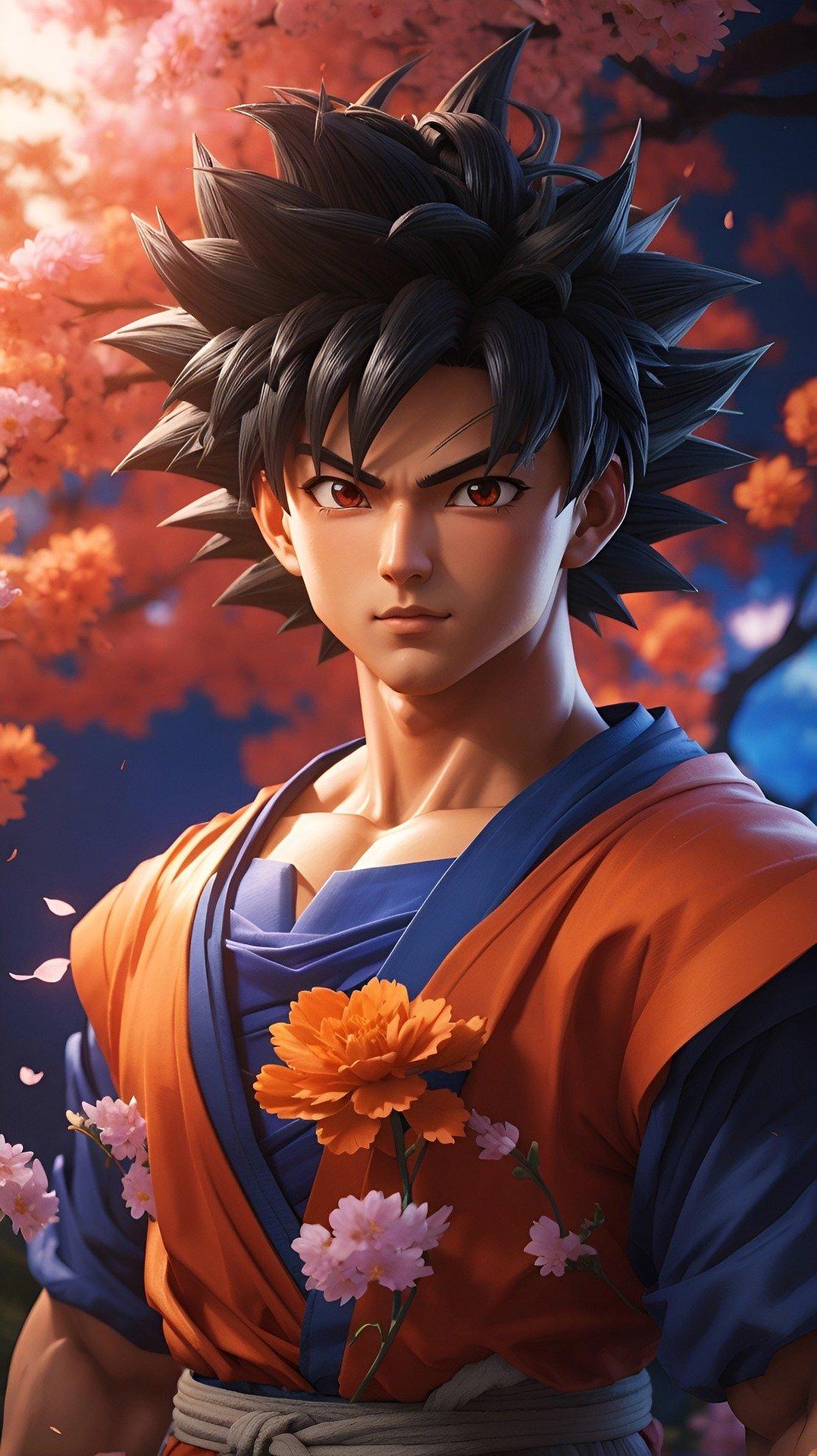
Those possessing a pure heart and strong will can achieve what they set out to do by overcoming obstacles. This is further solidified by the opening and closing songs in which you will see these values being repeated constantly.
Through this process, the anime creators can deposit specific national and traditional ideals in their audience.
Shedding Light on Social Issues
However, not only do animes teach positive values, but they also highlight the social issues and the negative influence on Japanese society. In various shows, you will be able to see the main villain symbolized as a prevalent social or moral issue (e.g., greed, gluttony, excess).
For instance, 'Welcome to NHK' is an anime depicting a 25-year-old becoming socially isolated due to an inability to study, unemployment, and being socially stunted. Through this, the protagonist reads manga as a way to escape, a concept that reflects much of today's adolescents' reality.
Normalizes Minor Personal Quirks
An extreme level of shyness is also a problem faced by many Japanese people. If you are ever in Japan, you will observe that passersby are very particular about their personal space, avoiding eye contact. In Spirited Away, the maternal overprotection of one of the characters (Bo) leads to blindness caused by fear of the unknown, a concept that is beautifully represented here.
Moreover, a young man in the anime shuts himself in his room due to frustration and fear stemming from society's expectations. Meanwhile, Spirited Away depicts how present-day Japan deals with the responsibilities of an industrial world.
The story of Spirited Away follows the work-awareness in a beehive and the family model followed in Japan. Even though she is just a child, the protagonist, Chihiro, starts working and in the process, almost forgets her true self.
Various other characters, like No Face, Lin, or Bo, also show similar characteristics. When they are in pursuit of an objective, they completely dissociate themselves from their societal roles.
Realizes Corporate Tensions
Another element brought to light in this anime is the well-defined corporatism in Japanese business hierarchies. The symbolism is defined in small details; for instance, it is apparent when we see the seats assigned to every worker in meetings. Additionally, in the main tower, which is a vertical building, Yubaba's (the head of the organization) offices are on the top floor of everything, which is called 'heaven' by others.
Unburdens Family Ties
In another anime, Evangelion, tensions between a father (a workaholic) and his son are presented alongside narratives of adolescent confusion. The cherry on top of this anime is that it all takes place in a Mecha universe, with teenagers driving robots to save the world from alien creatures known as the 'angels.'
It exposes a parent-child relationship riddled with conflicts, marked by:
Disappointment
Lack of affection
Abandonment
Despite the modernity depicted in the series, it is still customary to work for the same organization for life. As a result, they owe higher loyalty to it than their own family. Unending workloads and crippling societal pressures have led to the death and suicides of many Japanese people.
Nonetheless, the anime highlights the message that work distinguishes animals from humans, whether an old man like Kamaji or a child such as Chihiro.
Learn more about some of the most popular anime in Japan!
Learn About Anime and Japanese Culture with Superprof
Japan is one of those places where the millennial culture is infused with the modern era in an unusual way that you might sometimes think that you are in a science fiction movie. Of course, that is also infused in Japanese anime culture as well. In the streets, you will find both women in kimonos and anime fans. This contrasting scenery is also shown in anime.
That is why anime is an entertaining and simple audiovisual genre and a fantastic resource to learn about the duality of Japanese culture and life. So, if you want to learn more about anime culture, Japanese traditions, or learn to make anime, look for a private Superprof tutor.
Superprof provides users with access to tutors or students studying many different subjects. All you have to do is sign up and look for an anime drawing tutor or a Japanese instructor near you. Get started today and get your first session for free!

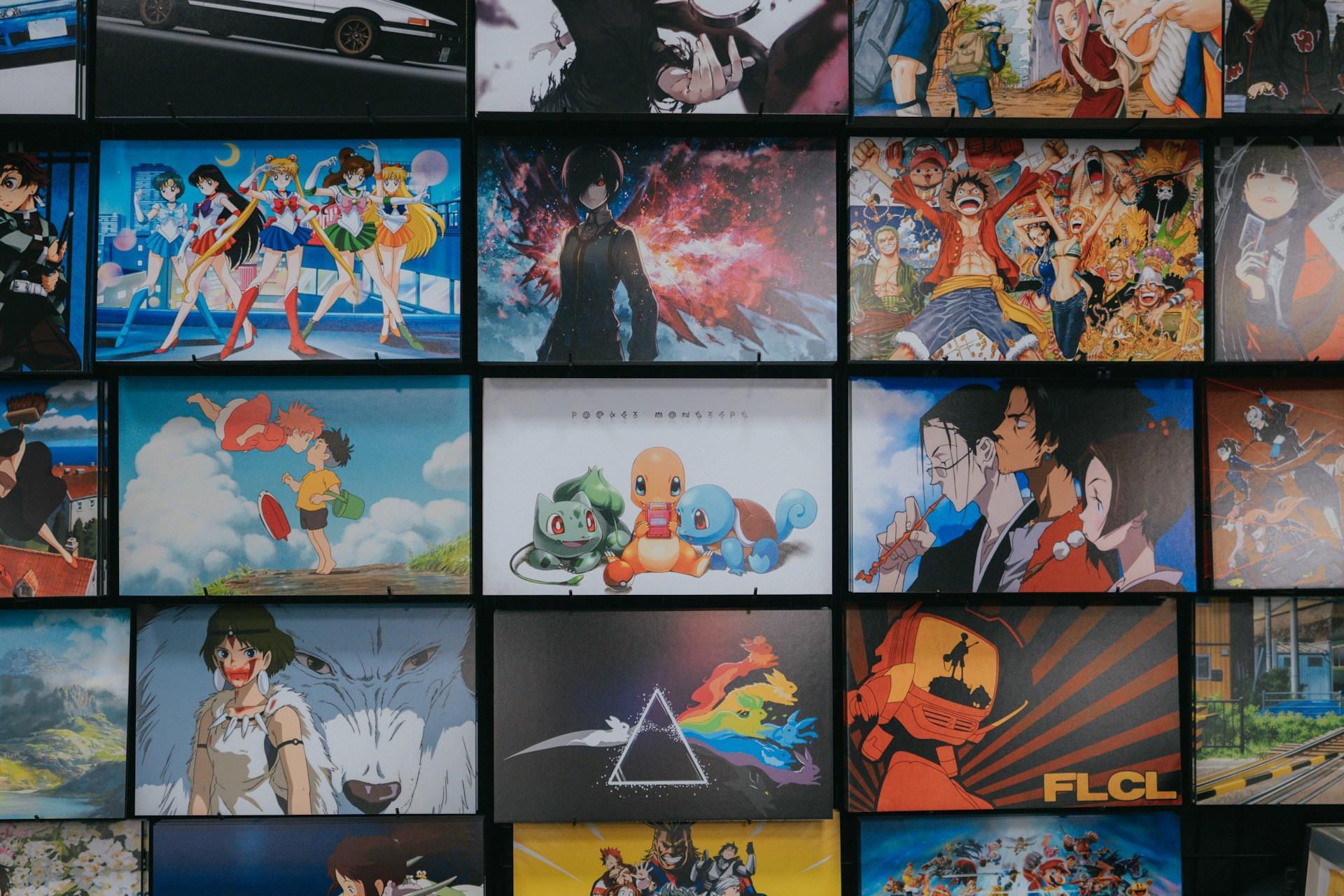





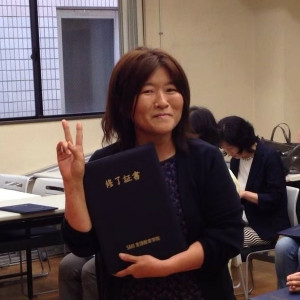
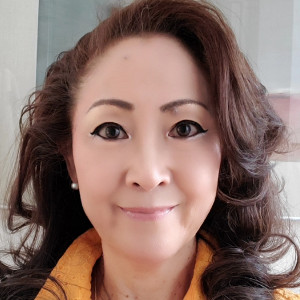

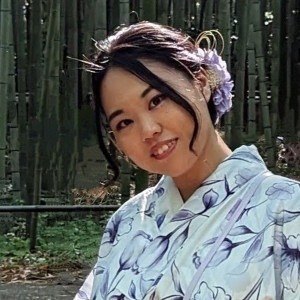







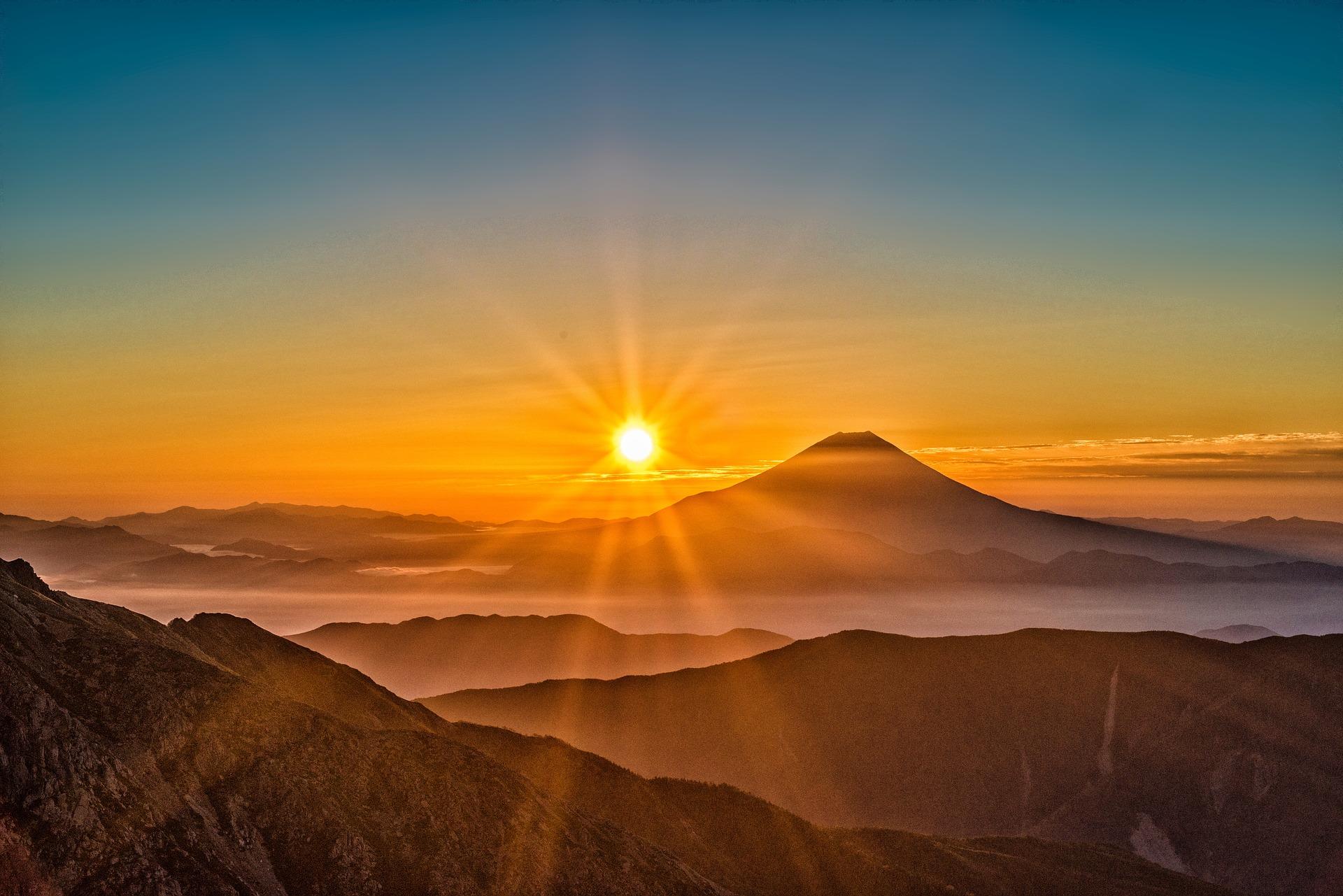

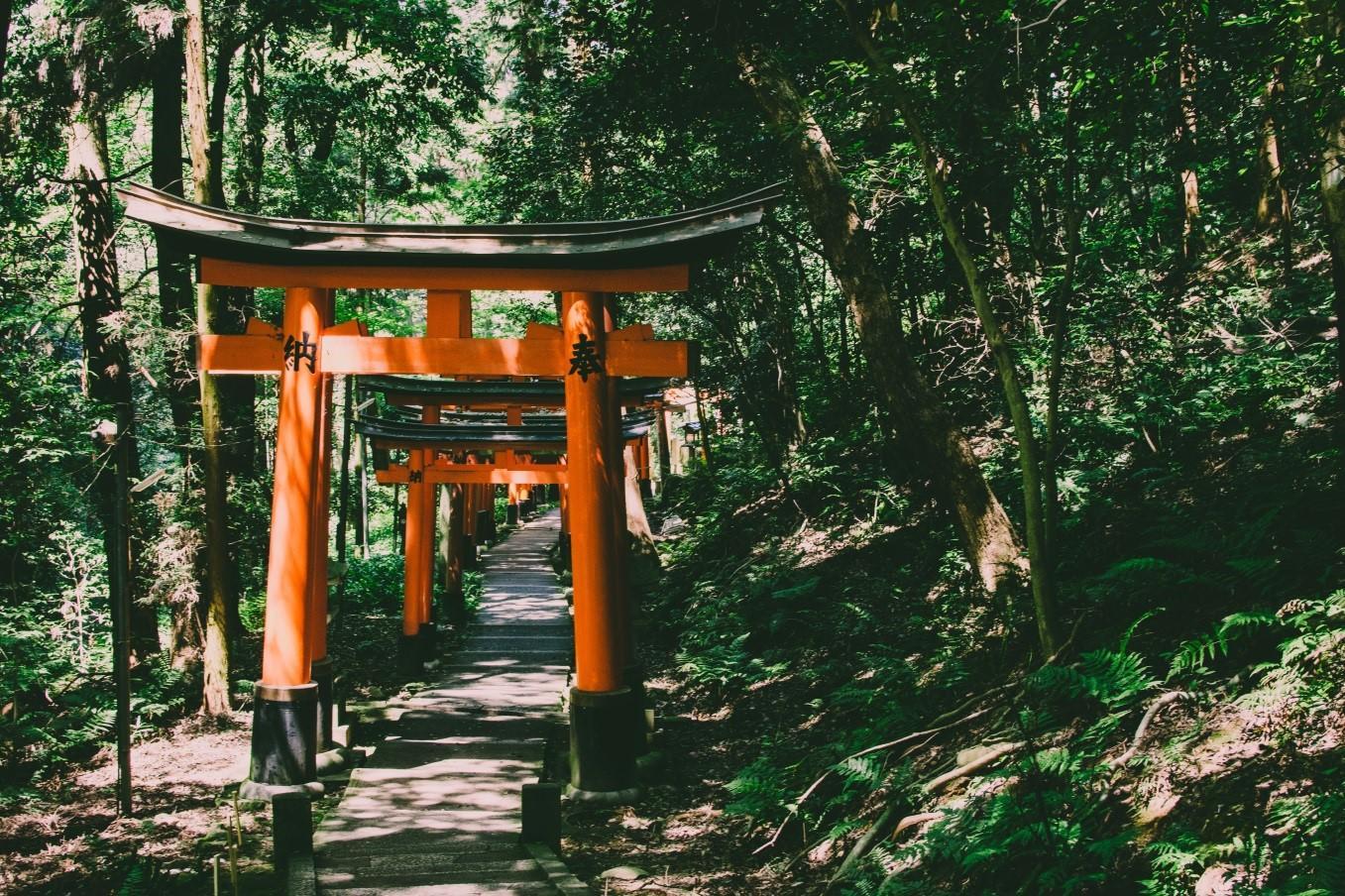
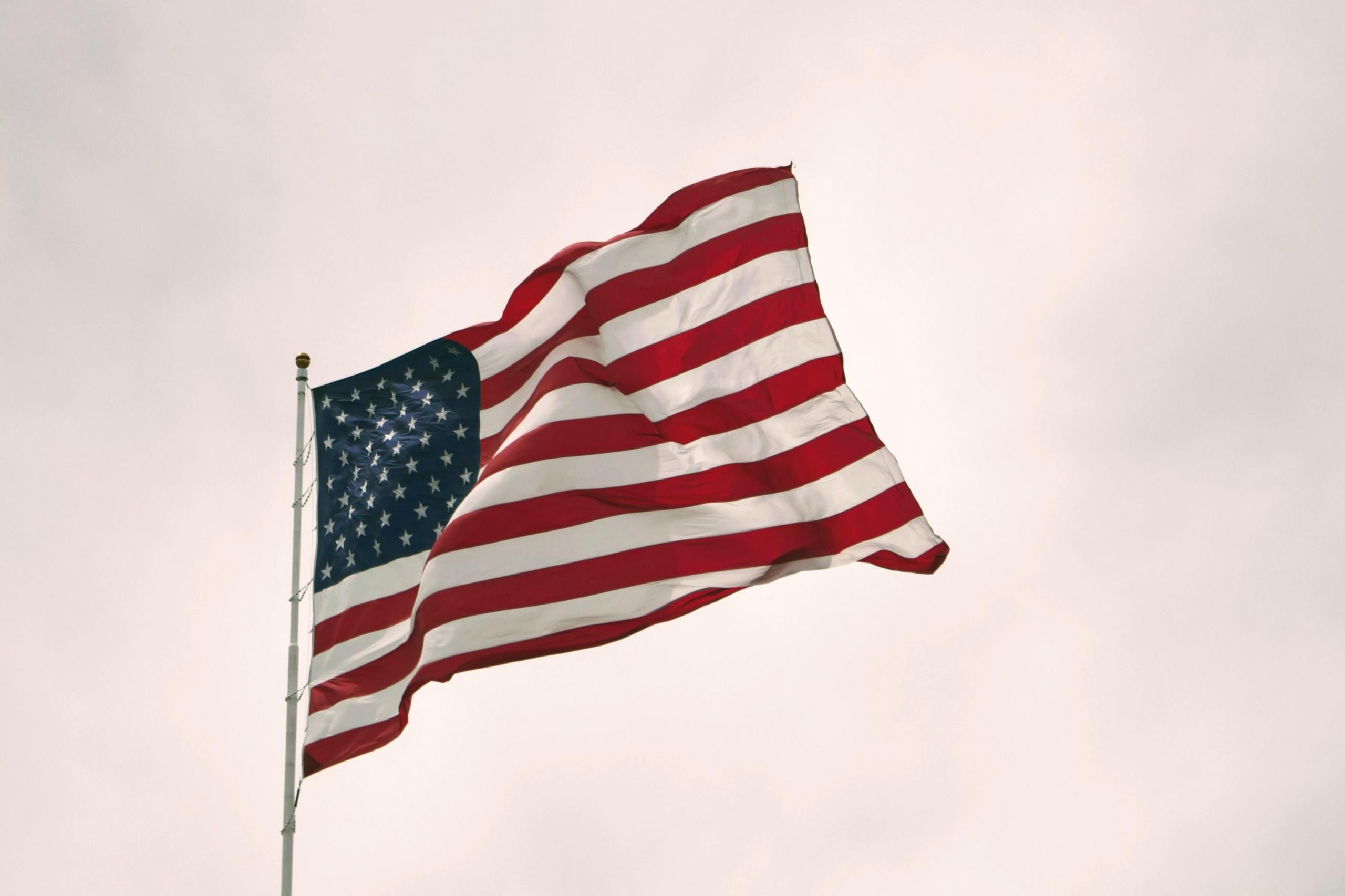
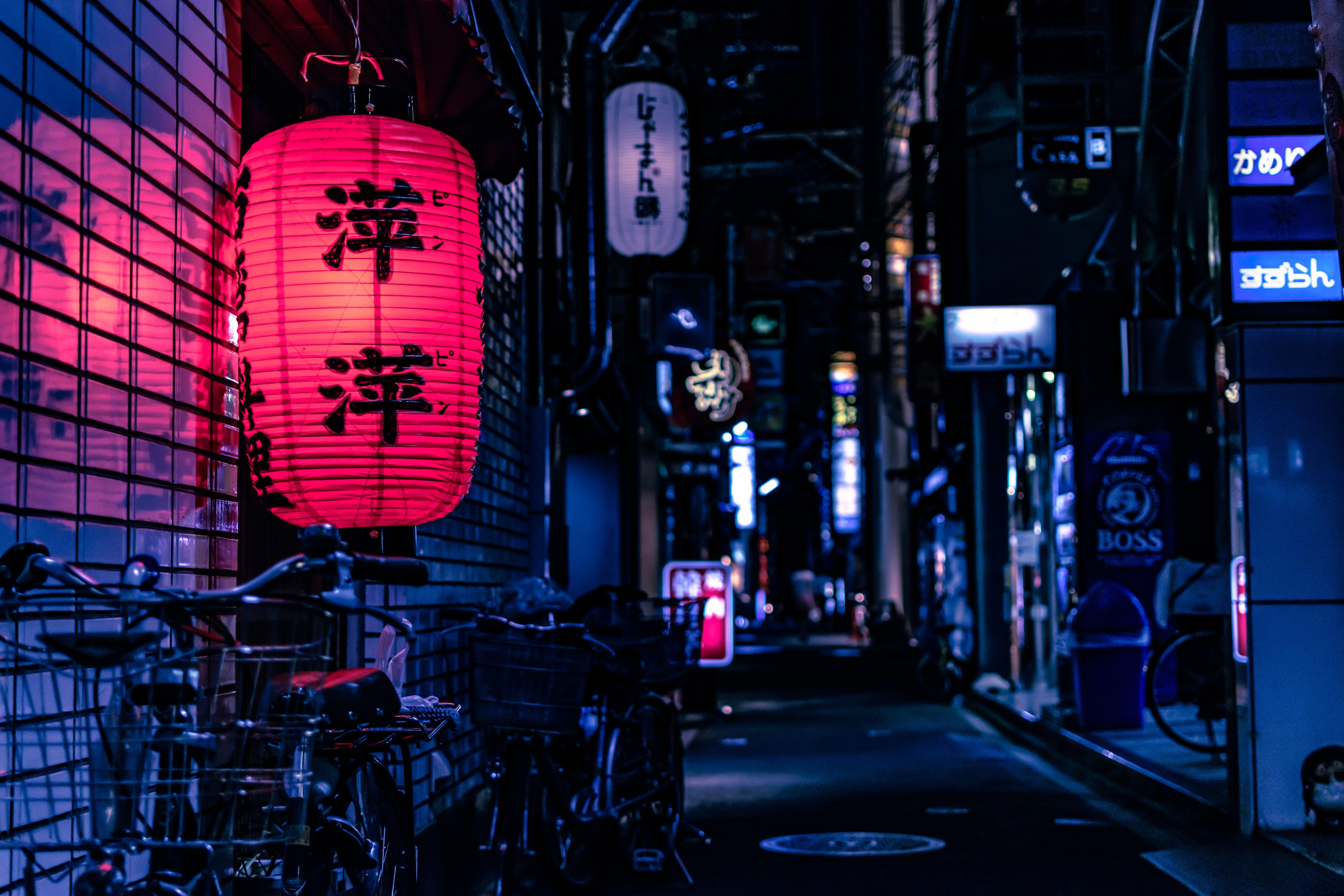
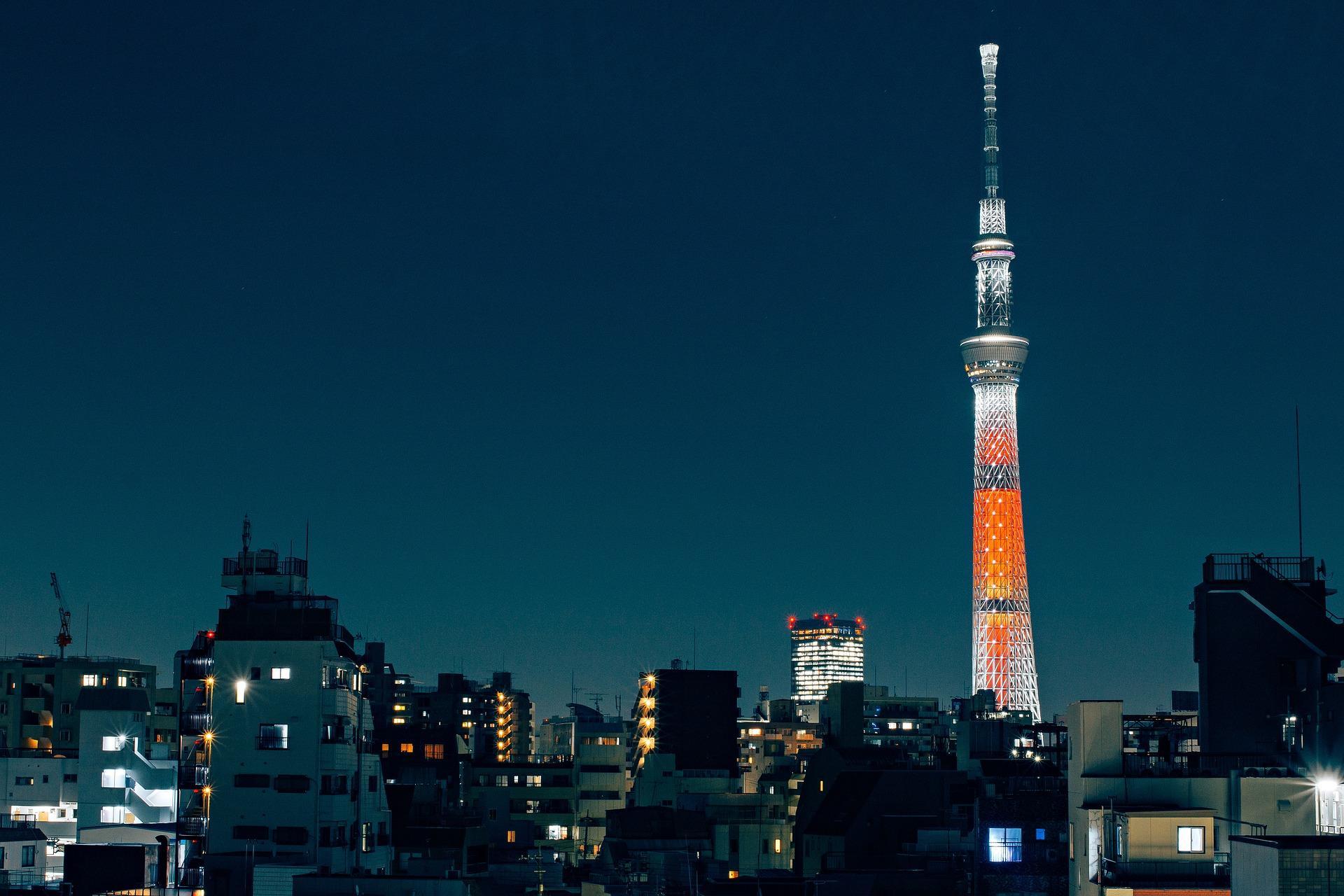

Very comprehensive and good analysis of anime history.
Hi Tesa, I’m happy you enjoyed the article! Thank you for the feedback.
This was a great article and very useful, thanks for all the information!
Thank you for the positive feedback! ✨🇯🇵